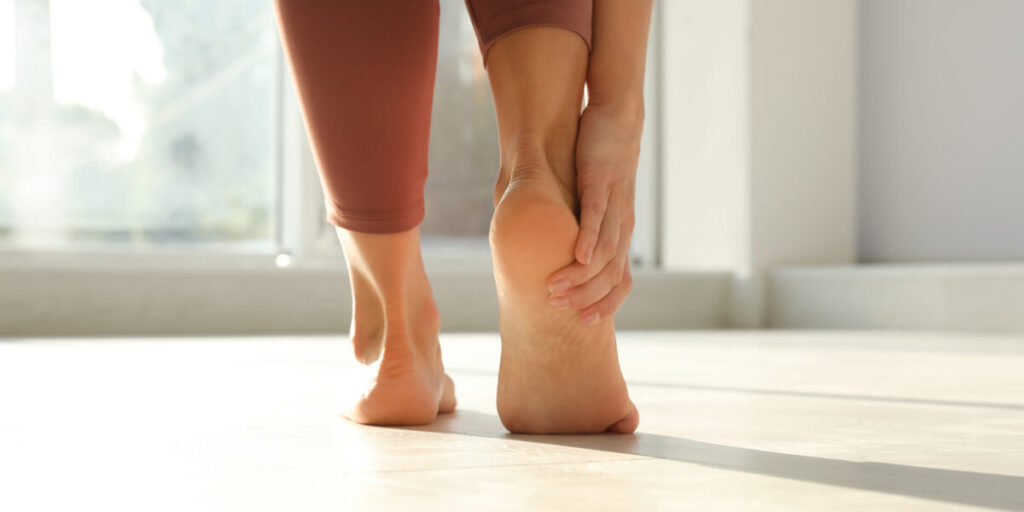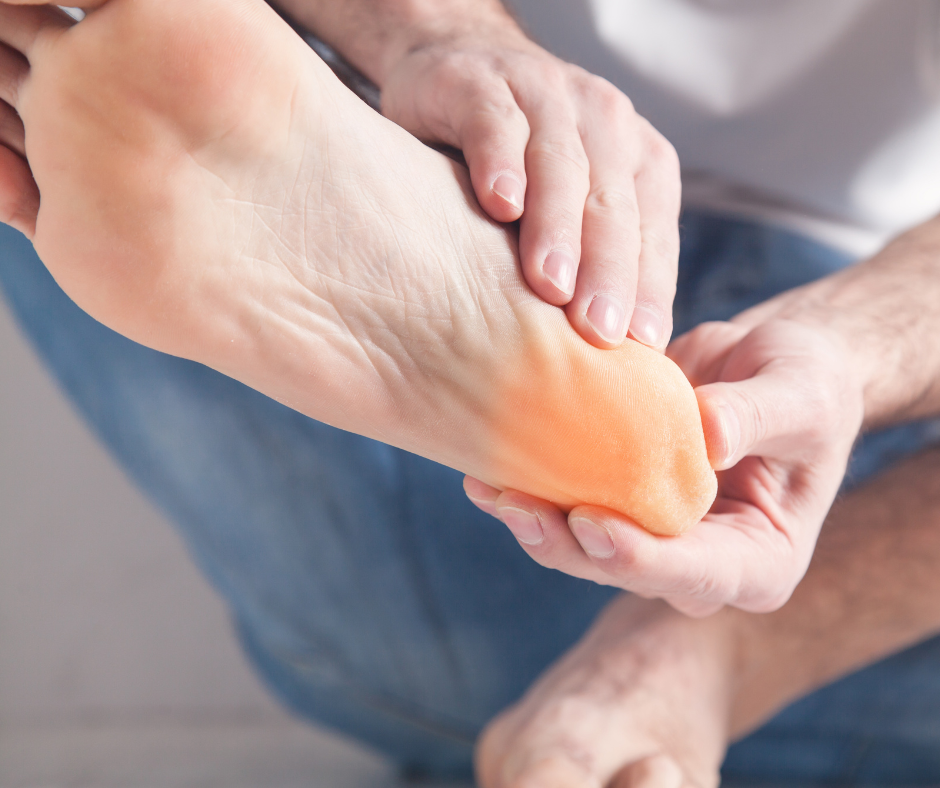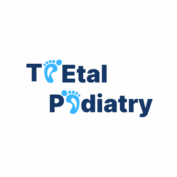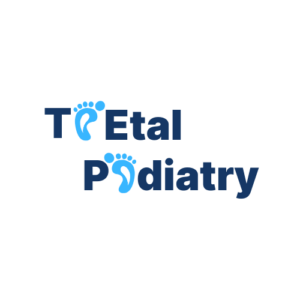Heel spur
Heel Spur
Table of Contents
What is a Heel Spur?

A heel spur is a calcium deposit that builds up over time on the underside of the heel bone (calcaneus), creating a bony protrusion. It typically develops in response to long-term stress on the plantar fascia — the thick band of tissue that runs along the bottom of your foot.
Heel spurs often form over months or years of repetitive strain, especially in people with flat feet, high arches, or poor foot biomechanics. Though heel spurs are common, not everyone with a spur will feel pain.
Heel spurs are often found alongside plantar fasciitis, but the two are not the same. You can have plantar fasciitis without a spur, and vice versa. However, when both are present, they can worsen heel pain significantly.
What causes heel spurs?

Heel spurs develop when calcium builds up in the area where the plantar fascia attaches to the heel bone. This happens due to ongoing strain or irritation, which may come from:
Long periods of standing or walking
Improper footwear with little arch support
Repetitive high-impact activities (running, jumping)
Obesity or sudden weight gain
Flat feet or overly high arches
Tight calf muscles or Achilles tendon
Aging, which reduces the elasticity of soft tissue
Over time, your body deposits calcium to reinforce the stressed area, eventually forming a hook-like projection under the heel that can extend up to half an inch.
What are the symptoms of a heel spur?
While some heel spurs cause no symptoms, many people report:
Sharp, stabbing pain in the heel with the first steps of the day
A dull ache that lingers throughout the day
Pain after prolonged standing, walking, or exercise
Tenderness at the bottom of the heel
Inflammation or warmth in the heel area
A visible or palpable bump under the heel (in rare cases)
Heel spur pain is typically worse in the morning, after resting, or after intense activity. Over time, the pain may become chronic if not treated properly.
How are heel spurs diagnosed?
Toetal Podiatry offers in-office diagnostic imaging, including:
X-rays, which clearly show the spur’s size and location
Ultrasound to evaluate soft tissue involvement
Gait analysis to identify underlying biomechanical issues
Because heel pain can come from many sources (e.g., plantar fasciitis, stress fractures, nerve entrapment), accurate diagnosis is essential for effective treatment.
When is surgery necessary?
If symptoms persist for 6–12 months despite all conservative treatment, or if the spur causes significant mobility issues, surgical removal may be recommended.
Heel spur excision – removal of the bony outgrowth
Plantar fascia release – cutting part of the tight fascia to relieve tension
Minimally invasive procedures – smaller incisions, faster healing
Surgery is typically considered a last resort, and the team at Toetal Podiatry carefully evaluates your case to determine if it’s necessary.
FAQs about Heel Spurs
Q: Can heel spurs go away on their own?
A: The bony spur doesn’t disappear without surgery, but symptoms often improve with proper care and treatment.
Q: Do I need an X-ray for heel pain?
A: Yes. X-rays help confirm the presence of a spur and rule out other causes of heel pain.
Q: Are heel spurs dangerous?
A: No, they’re not dangerous, but they can severely affect mobility and quality of life if not treated.
Our Reviews
EXCELLENTTrustindex verifies that the original source of the review is Google. Dr. Rahman was amazing. She really explained everything clearly, she worked hard with the pharmacy and my insurance company to make sure I received the best care. Would definitely recommend.Trustindex verifies that the original source of the review is Google. Dr Rahman was amazing and so helpful! Would highly recommendTrustindex verifies that the original source of the review is Google. Dr. Wu is is amazing! Super knowledgeable, patient, and caring. She took the time to explain everything clearly and made me feel comfortable throughout the visit. The staff was also very welcoming and efficient. I felt like I was in great hands from start to finish — highly recommend if you’re looking for a podiatrist who really listens and cares.Trustindex verifies that the original source of the review is Google. I was having very bad plantar fasciitis, and Dr. Rahman prescribed a pair of night boots to stretch me out. When I started this therapy, my pain was an order of magnitude better after a single day of stretching. And as time has continued, it's gotten better and better. I've had foot pain for most of my life and to be relieved of it now is huge for me.Trustindex verifies that the original source of the review is Google. Great staff that helped my pain turn into laughter. I recommend.Trustindex verifies that the original source of the review is Google. Great doctor, helpful solutions!!Trustindex verifies that the original source of the review is Google. Helpful, resourceful and knowledgeable. Dr. Erfanian was great.
Our Locations
Contact Us
- 917-261-4291
- 917-594-4881
Locations
- 274 Madison Ave #1001, New York, NY 10016
- 26 Broadway Suite 931, New York, NY 10004

